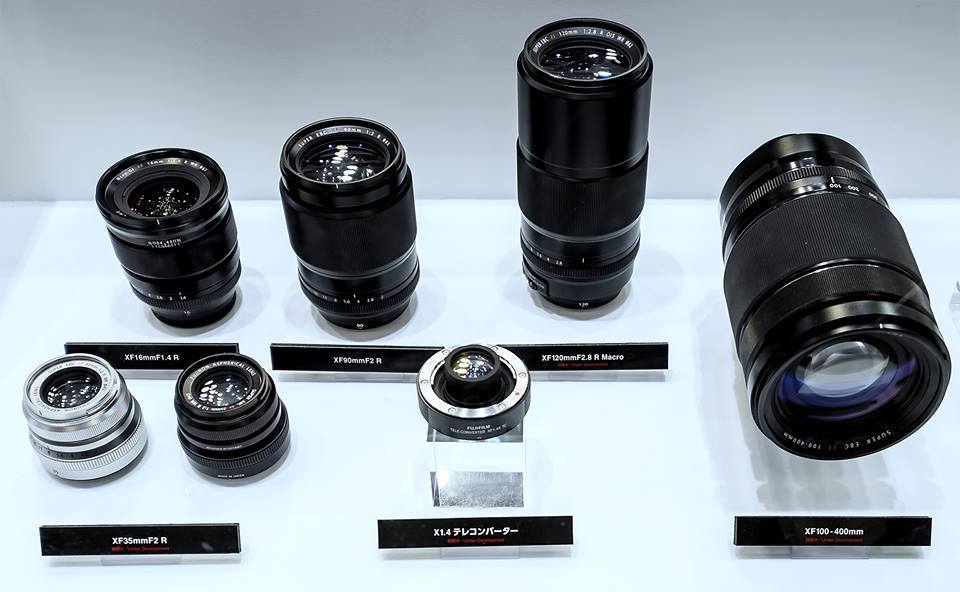– XF 16mmF1.4 : WR & Clutch mechanism – filter 67mm
– XF 35mmF2 : WR – filter 43mm
– XF 90mmF2 : no WR (???) & no OIS – filter 62mm [admin: Fuji Guy Greg said it will be weather sealed]
– XF 120mmF2.8 macro : focus-limiter, WR & OIS (!!!) – filter 62mm
– XF 100-400 : can’t read any information
– teleconverter : shape is limitating for using with most X-lenses (not a surprise)
FIRST SAMPLES taken with the Fujifilm XM-FL Filter Lens Cap + More images of the New Lenses
image taken with the XM-FL filter lens cap. Courtesy of dslrmagazine (translation)
Fujirumors’ window to CP+: DAY 2
_ _ _
The Spanish site dslrmagazine (translation) had the opportunity to take some shots with the Fujifilm XM-FL Filter Lens Cap (officilly announced here, price around $90). It includes full size JPEGs.
Over at the Japanese site dc.watch you can find some more images of the new lenses. You want see nothing really new compared to the set of images shared yesterday. But it’s funny to see the big 16-55 mounted on the selfie X-A2… and the a cut of the 16-55 and 50-140.
There is also another high-res image of the upcoming lenses, spotted by FR-reader DIS. You can clearly see that the 90mmF2 is not marked as “Weather Resistant”, although Fuji Guy Greg said that it would be weather resistant. To know more about, check out this post.
XF 16-55 courtesy of dc.watch
High Res Image at cdn3.vox-cdn

















